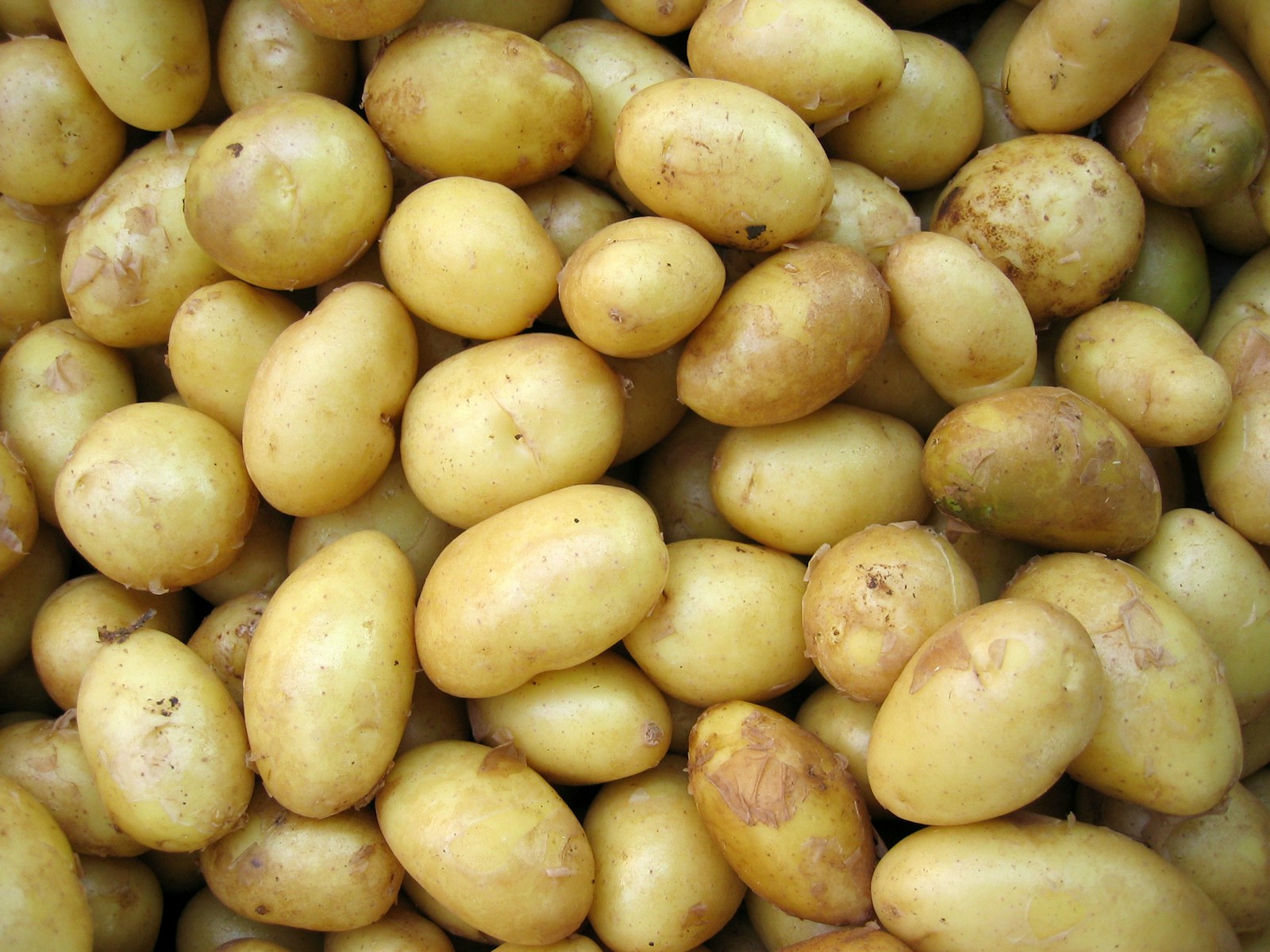Category: Newsletter
-

Steve Blank’s Concepts for Building a Successful Startup
Introduction When it comes to successful startups, few individuals have contributed as extensively to the methodology behind building them as Steve Blank. Known as the father of the Lean Startup movement, Blank’s teachings and frameworks have reshaped how entrepreneurs approach business creation. His ideas focus on understanding customers, testing assumptions, and iterating based on real-world…
-

Understanding the Value Chain of Potatoes: From Farm to Table
Introduction Potatoes are a staple crop around the world, playing a critical role in food security and providing millions of people with a reliable source of nutrition and income. Understanding the value chain of potatoes—from farming and harvesting to processing and selling—reveals the complex journey they take before reaching consumers. This article breaks down the…
-

The Japanese Method of Work Accountability: “Nippo” and “Asa Kanri” for Enhanced Productivity
Introduction In Japan, work culture is deeply rooted in accountability, precision, and efficiency. A fascinating approach used by Japanese companies to boost productivity is the “Japanese method of work accountability,” which includes creating a daily goals list at the start of each workday and a reflective report at the end of the day to track…
-

Why the Price-to-Earnings (P/E) Ratio May Not Be a Good Investment Indicator
Introduction The price-to-earnings (P/E) ratio is one of the most widely used metrics in stock market analysis, helping investors assess whether a company’s stock is overvalued or undervalued relative to its earnings. It is calculated by dividing a company’s current share price by its earnings per share (EPS). However, while P/E can provide a snapshot…
-

Using Satellite Data for Trading
Satellite data is an emerging tool in trading, providing traders and investors with unique insights into economic trends, agricultural productivity, and various market sectors. Here’s a detailed look at how satellite data is used for trading: Types of Satellite Data Used in Trading Applications of Satellite Data in Different Sectors How Satellite Data is Processed…
-

Advanced Machine Learning Techniques: Random Forest, Gradient Boosting, and Support Vector Machines
Introduction In machine learning, advanced techniques like Random Forest, Gradient Boosting, and Support Vector Machines (SVM) are crucial for solving complex problems in areas like image recognition, language processing, and financial predictions. Each technique has unique properties and strengths, which we’ll explore in detail. 1. Random Forest What is Random Forest? Random Forest is an…
-

Value Chain of Sunflower Oil
The value chain of sunflower oil production is a detailed, multi-step process that spans from the initial cultivation of sunflower… You must be Subscribed to view this content. Click Here to Subscribe
-

The Value Chain of Canola Oil
Introduction The canola oil industry plays a pivotal role in the global edible oil market, particularly due to its health… You must be Subscribed to view this content. Click Here to Subscribe
-

Value Chain of Palm Oil: From Plantation to Consumer
Introduction Palm oil, a versatile vegetable oil derived from the fruit of oil palms, is one of the most widely… You must be Subscribed to view this content. Click Here to Subscribe
-

The Value Chain of Olive Oil: From Farm to Consumer
Introduction The olive oil industry has a robust value chain that covers production, processing, distribution, and retail. This value chain… You must be Subscribed to view this content. Click Here to Subscribe
